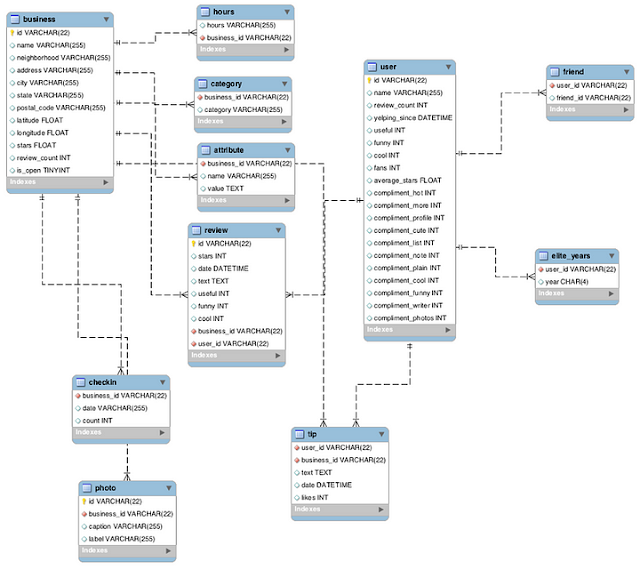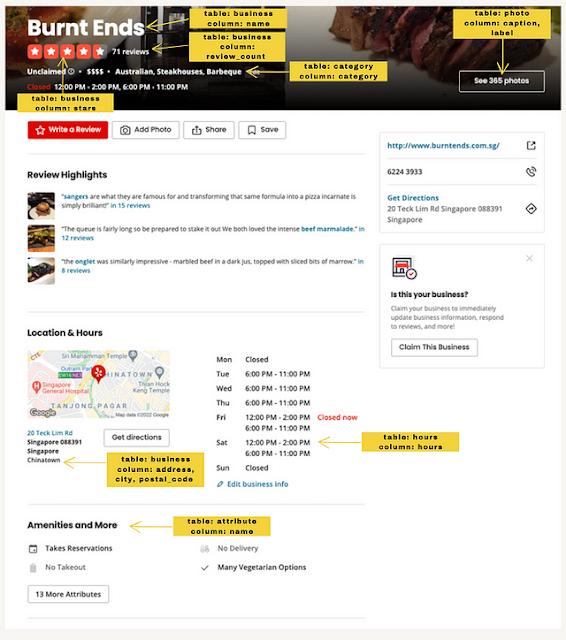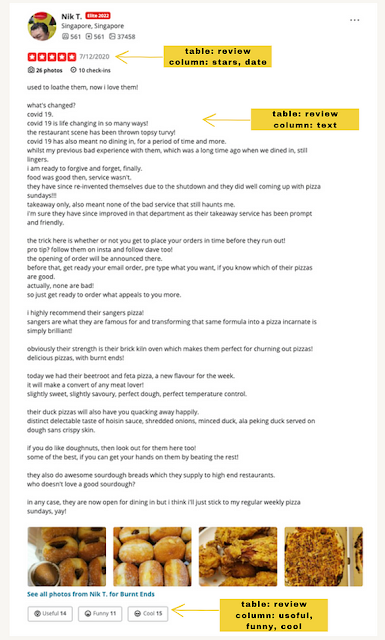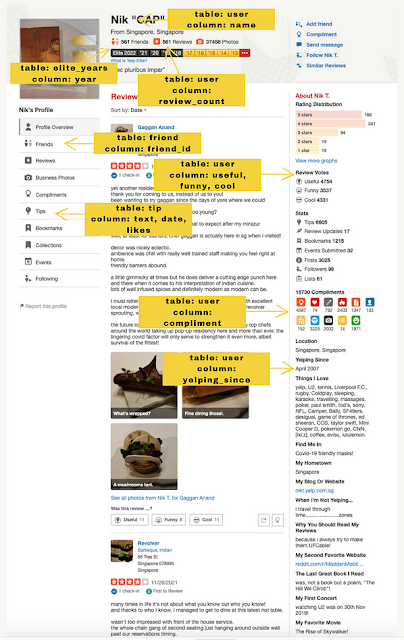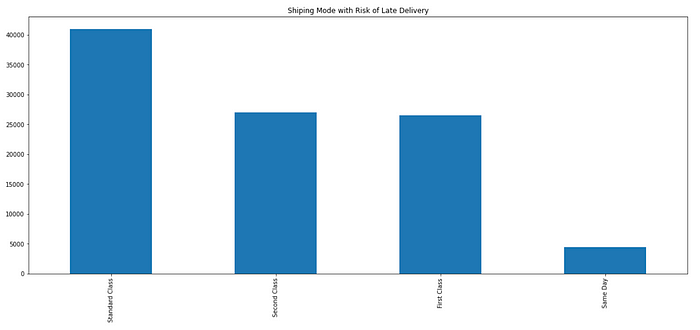 |
| Evolution of Logistics Analyst by Wilma Lapuz |
The Progressing Role in Logistics:
1. Logistics Customer Service — this first line of defence in logistics. They are the one handling calls and emails. This role not only supports import/export/local department but also ad hoc jobs required by accounts or sales. They are the ones also responsible in general filing or other administrative duties.
2. Logistics Officer — this position ensures to support international/local order fulfilment and deliveries in a timely and efficiently manner. Sounds easy? Think again. They are the ones responsible in stock inventory and data entry, sometimes not only their own companies but some of the clients too.
3.Logistics Analyst — due to automation and rapid change of technology, you may notice some of the online job postings of companies are combining the two above roles and adding up analytics expertise on it.
Company Benefits Having a Logistics Analyst
Data is the New GOLD. In that case, logistics companies even freight forwarding businesses are seating unknowingly in a pot of gold.
So how logistics or freight forwarding companies can take advantage and stay afloat in the Fourth Industrial Revolution? If you will observe companies like DHL or Bollore they are actively hiring analysts now. Why? Because companies do not want to run their companies through gut-feel or crystal ball. Data companies like Google proved that many business will be more productive if decisions will be made using data.
Imagine, using the historical data of your clients you can anticipate the volume of materials they needed, from which supplier and what mode of transport. You can provide them quotations even if they are not asking. Wink-wink! That’s a customised customer service.
What else? Do you know why you keep on losing in bidding to get the project? Do you remember why are you winning? In aggregating your data you can anticipate the moves of your competitors.
Remember building relationship with your client and suddenly no more business calls from them? As a salesperson, will you meet them for lunch just to know what went wrong? Well, have you taken care of the KPIs of their stakeholder and provided customer experience? Remember customer experience now is valuable as getting your service on a lower price.
Of course, logistics analysts monitors not only the KPIs but also the procedures and practices to identify developments in planning and execution.
Data is the New GOLD. In that case, logistics companies even freight forwarding businesses are seating unknowingly in a pot of gold.
So how logistics or freight forwarding companies can take advantage and stay afloat in the Fourth Industrial Revolution? If you will observe companies like DHL or Bollore they are actively hiring analysts now. Why? Because companies do not want to run their companies through gut-feel or crystal ball. Data companies like Google proved that many business will be more productive if decisions will be made using data.
Imagine, using the historical data of your clients you can anticipate the volume of materials they needed, from which supplier and what mode of transport. You can provide them quotations even if they are not asking. Wink-wink! That’s a customised customer service.
What else? Do you know why you keep on losing in bidding to get the project? Do you remember why are you winning? In aggregating your data you can anticipate the moves of your competitors.
Remember building relationship with your client and suddenly no more business calls from them? As a salesperson, will you meet them for lunch just to know what went wrong? Well, have you taken care of the KPIs of their stakeholder and provided customer experience? Remember customer experience now is valuable as getting your service on a lower price.
Of course, logistics analysts monitors not only the KPIs but also the procedures and practices to identify developments in planning and execution.
Do you need a Logistics Analyst even you are a Small/Local Company?
I want you to answer this question, are you competing with multinational company by giving quotations to your perspective importer/exporter? How can you compete if they their logistics analysts research the expectations of the clients in a certain project? Remember, some companies are willing to pay the price as long as you can meet their deadlines and KPIs.
Another thing to think of.. do you know that many start-ups that’s armed with data are now entering the logistics industry? They are providing quotes more quickly and offers an agile bid on clients. You know that in logistics/freight forwarding time is of the essence.
The line of difference in Logistics/Freight Forwarding industry is getting thinner and thinner. Competition is evolving fundamentally and companies should always examine whether they have the capacity and capabilities to change and compete.
Will you emerge and develop solutions to move forward and upward or you will just stay where you are because.. well I know, it is tough to change.

